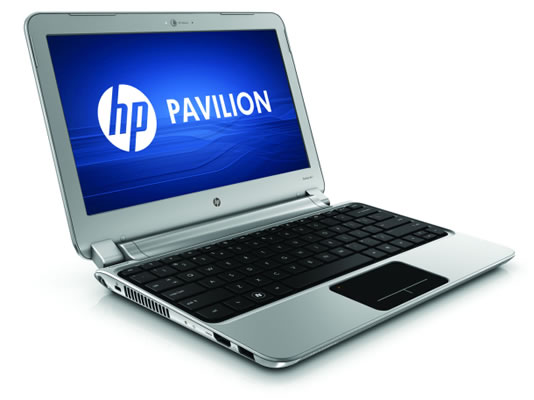After years of talks, demonstrations and endless delays AMD is delivering its Fusion Family of Accelerated Processing Units (APUs) at this year’s Consumer Electronics Show. It’s been a long road since completing their $5.4 billion merger with ATI that promised to bring CPU and GPU together, and Intel even managed to beat them to the punch with Sandy Bridge, but it seems AMD is finally ready to take on its rival starting with the netbook and entry level laptop market.
The company’s marketing talk claims better graphics performance compared to Intel’s current Atom platform, with DirectX 11 support, dedicated 1080p HD video processing and HDMI out, as well as better CPU performance and "all day" battery life that can hit 10 or more hours. There are four total chips in two families built around the new Bobcat core to start: “Zacate” takes the top two spots with the dual-core E-350 running at 1.6GHz and single-core E-240 clocked at 1.5GHz. Both pack a Radeon HD 6310 graphics processing unit featuring 80 cores clocked at 500MHz and have a TDP of 18 watts. Meanwhile, Ontario comes in the form of the dual-core C-50 and single-core C-30 running at 1.0 and 1.2GHz, respectively, and featuring a 280MHz Radeon HD 6250 GPU along a lower TDP of just 9W.

Lenovo already announced a system based around the E-Series, the 11.6-inch Lenovo X120e, and today HP has done the same by taking the wraps of its new Pavilion dm1 which carries carries 3GB of RAM and 320GB of storage as standard while supporting extras like GPS mapping and an external Blu-ray drive. We expect more announcements in the days ahead and the company says tablets and other embedded devices are coming in the first half of 2011.
Later this year AMD will also launch the 32nm architecture A-Series "Llano" APU for mainstream laptops and desktops, with four cores and a DirectX 11 graphics, followed by "Zambezi" desktop chips with four to eight Bulldozer cores.
https://www.techspot.com/news/41809-amds-fusion-apus-kick-off-at-ces-2011.html